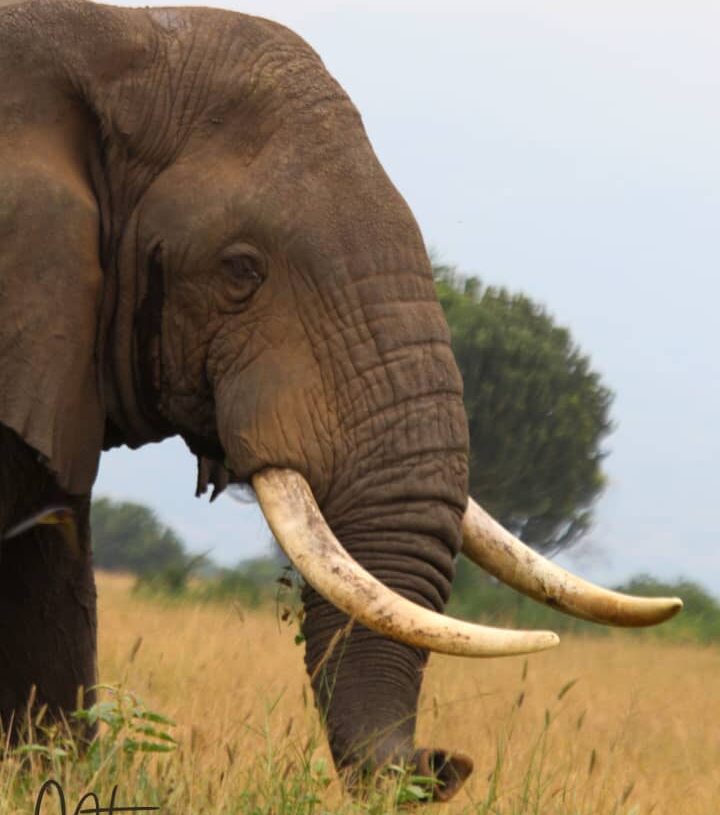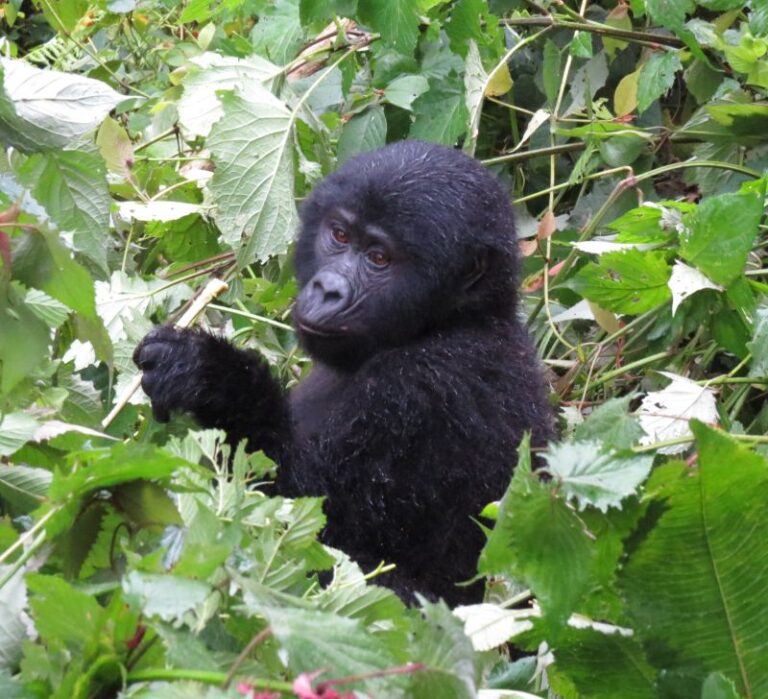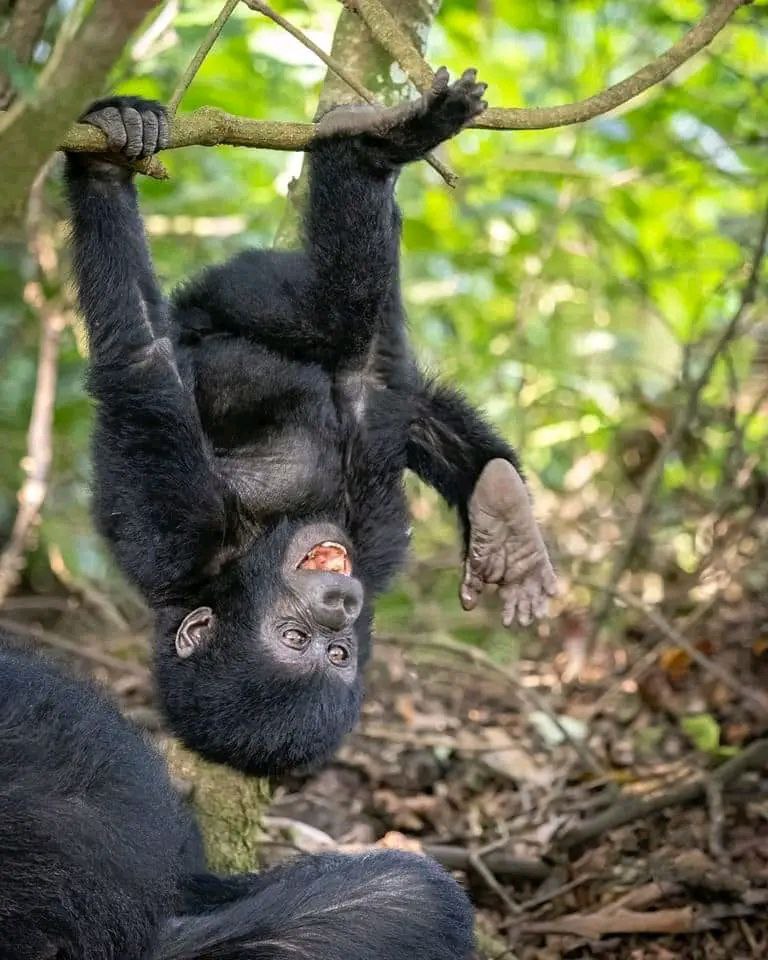One of the big five animals, the African elephant is commonly found in African savanna parks and some forests. This blog brings you the reason why the elephant is our pick today and we bring you 9 amazing facts about them. Follow with us to learn more about the African elephants.
My first encounter with the word elephant was in a local ABC song where we sang the letters, the English word that starts with said letter and immediately followed by its local name. Prior to that, I knew it by its local name Enjovu. Next to the word, a not so stick figure of the mighty African elephant which never ceased to amaze my young mind. A familiar story of the four blind men who touched the grazer and described it as a snake, wide leaf, huge wall and a tree depending on which part of the gentle giant that they had touched. The local elders were not unaware of its interesting lifestyle, in fact they told of it with amazement whenever they got chance. Today, with nostalgia but also with excitement I bring you some of the most intriguing facts about the African Elephant, Loxodonta Africana
The African elephant is the largest terrestrial mammal followed by the Asian elephant. The males weigh up to 7 tons and they are revered by many African cultures a symbol of strength, dominance, longevity and intelligence. An individual consumes 300kg of food per day
Elephants form groups called families with a female leader known as the matriarch. The Matriarch is the oldest female of the group, and it is her duty to teach their young ones proper behavior. She makes major decisions for the family which may include where to travel in search for water and pasture. Males leave the family between the ages 12-15 and only come back during mating season. This means that the family comprises of grown females and underage males.
At 22 months, elephants have got the longest gestation period and they give birth to 1 live young (twins are very rare). At birth, the calf weighs 90-120 kg and it is nursed for up to 2 years. Thereafter, the females keep nurturing the young ones on how to use their trunk, getting themselves out of trying situations for the rest of their juvenile life. It is because of this long nursing period that elephants take long to get in estrus again this therefore means that an elephant may only have 6-7 young in its lifetime.
Elephants are known to babysit their young. When an elephant is about to have its baby, it leaves the group for privacy and later comes back to introduce the new member. The young is examined by the family and accepted. The family goes ahead to take care of the young together and protect it when need arises by forming a protective barrier around it when predators come. The adults sleep in turns such that while some of them rest, the others stay awake to baby sit and keep watch.
The elephant is known to be a very intelligent animal. This includes recognizing members of its family and an amazingly long term memory. Elephants can remember things for decades on end. In situations of drought, a matriarch recalls the way to food and water that was taken decades earlier. When elephants find another dead elephant on their way, they stop and mourn first by walking backwards towards the corpse before they continue their way.
The largest land mammals are known to be very expressive with the ability to show joy, anger, grief, love and anxiety. Research has shown that these are capable of complex and deep thought and feeling. There are several well documented funeral rituals and mourning for elephants.
An elephant trunk weighs 250 kg and can carry up to 1000 tons. This one organ has 100000 muscles which allows it extreme flexibility and strength. With this trunk, an elephant can uproot a fully grown acacia tree and crush it into sizeable chewable portions.
The African elephant is known for its curved tusks while the forest elephant has elongated tusks. Elephants almost have no predators because of their size and the protectiveness for their young. This therefore means that man is their biggest predator killing them for their tusks. They are evolving towards having no tusks to prevent being killed for Ivory and this is evident in the current population in the African giants.
Elephants are generally peaceful creatures and unless you get too close for their comfort, or when they feel threatened, they are unlikely to attack humans. However, in case of an attack, they spread out their ears to appear bigger which should be intimidating, stomp their front foot, break branches of a close by tree while dropping its branches on the ground, or even literally raising dust in addition to trumpeting before they go in for the kill. They have very poor eye sight but excellent senses of hearing and smell. This means that they will smell/hear an enemy first before training their eye sight to their direction.
Elephants in Uganda can be viewed in Queen Elizabeth national park, Murchison falls National Park, Kidepo valley national park, Kibale forest National park and Bwindi impenetrable National park.
As written by Mabel Nabulya. She is our Reservations manager and has a great deal of experience in the wild. She will be your correspondent during your booking with Ntungo wildlife safaris and she will give you very useful information to guide your decisions for a memorable safari in Uganda and Rwanda.
Secure your booking with Ntungo Wildlife Safaris to learn more about these mammals!
Email us on info@ntungosafarias.com or Call/ WhatsApp us on +256771399299 / +256706772990.









Comments